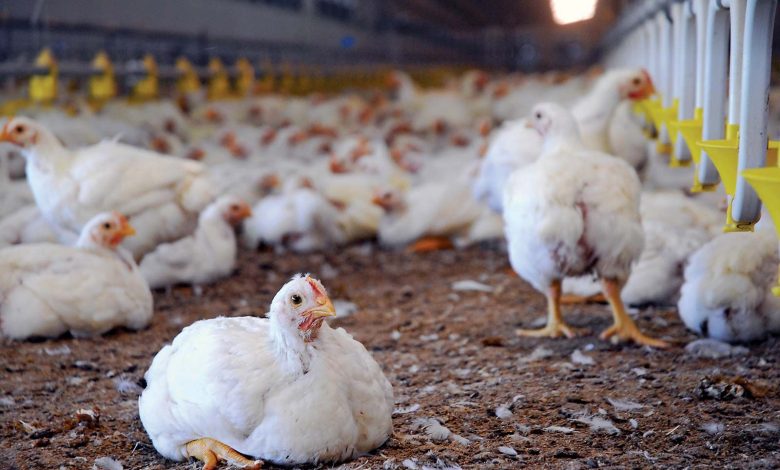Bird Flu Outbreak: Radius Expanded to 3 km

Nagpur: In recent developments regarding the outbreak of Bird Flu in Nagpur Regional Hatchery, the district administration has taken decisive steps to contain the spread. The radius of the affected area has been widened from 1 km to 3 km from the Hatchery situated in Seminary Hills. This article delves into the unfolding events surrounding the Bird Flu outbreak, highlighting key actions taken and implications for the region.
Uncovering the Outbreak
Initially detected on March 8 in Nagpur’s hatchery, Bird Flu prompted swift action from the Health Department. Following the discovery, authorities designated a 1 km radius as the infected zone. The immediate response included the destruction of thousands of birds and eggs within the Hatchery premises. Additionally, health check-ups were initiated for the employees as a precautionary measure.
Community Precautions and Measures
Citizens have been urged not to succumb to panic as the administration declares a 21-day warning period. To prevent further transmission, residents are advised against consuming eggs and chicken during this period. Collaborative efforts between the Public Health Department and the Veterinary Department are underway, including extensive investigations and surveys within the region.
Zoo Management’s Response
Recognizing the potential threat to avian populations in the zoo, management at Maharajbag Zoo has taken proactive measures. These include the application of medicines within bird and wild animal enclosures to mitigate the risk of Bird Flu transmission. Furthermore, rigorous precautions are being implemented to safeguard against any avian fatalities attributed to the virus.
Rapid Response Efforts
A Rapid Response Team (RRT) has been mobilized to address the crisis promptly. Over 8,500 poultry birds, 16,700 eggs, and 400 kg of bird feed have been scientifically disposed of following the confirmation of Bird Flu in recent carcasses. Despite the contagious nature of the zoonotic disease, medical experts reassure that the risk of human transmission remains minimal at present.
The extension of the affected radius to 3 km underscores the severity of the Bird Flu outbreak in Nagpur. However, concerted efforts from authorities, healthcare professionals, and the community aim to contain the spread and mitigate its impact. Vigilance, cooperation, and adherence to precautionary measures are pivotal in combating this public health challenge.
FAQs
1. How does Bird Flu spread among avian populations?
Bird Flu primarily spreads through contact with infected birds or contaminated surfaces, posing a significant risk to poultry farms and wild bird populations.
2. What precautions should individuals take to avoid Bird Flu transmission?
Avoiding direct contact with sick birds, practicing proper hygiene, and refraining from consuming poultry products from affected areas are essential preventive measures.
3. Can humans contract Bird Flu from infected birds?
While rare, human transmission of Bird Flu (avian influenza) can occur, particularly through close contact with infected birds or their secretions. However, the risk remains low with proper precautions.
4. How effective are containment measures in halting the spread of Bird Flu?
Swift implementation of containment measures, including culling infected birds and enforcing biosecurity protocols, plays a crucial role in limiting the spread of Bird Flu outbreaks.
5. What is the role of vaccination in preventing Bird Flu outbreaks?
Vaccination of poultry populations can help reduce the risk of Bird Flu transmission among birds. However, it is just one component of comprehensive control strategies, alongside surveillance and biosecurity measures.









